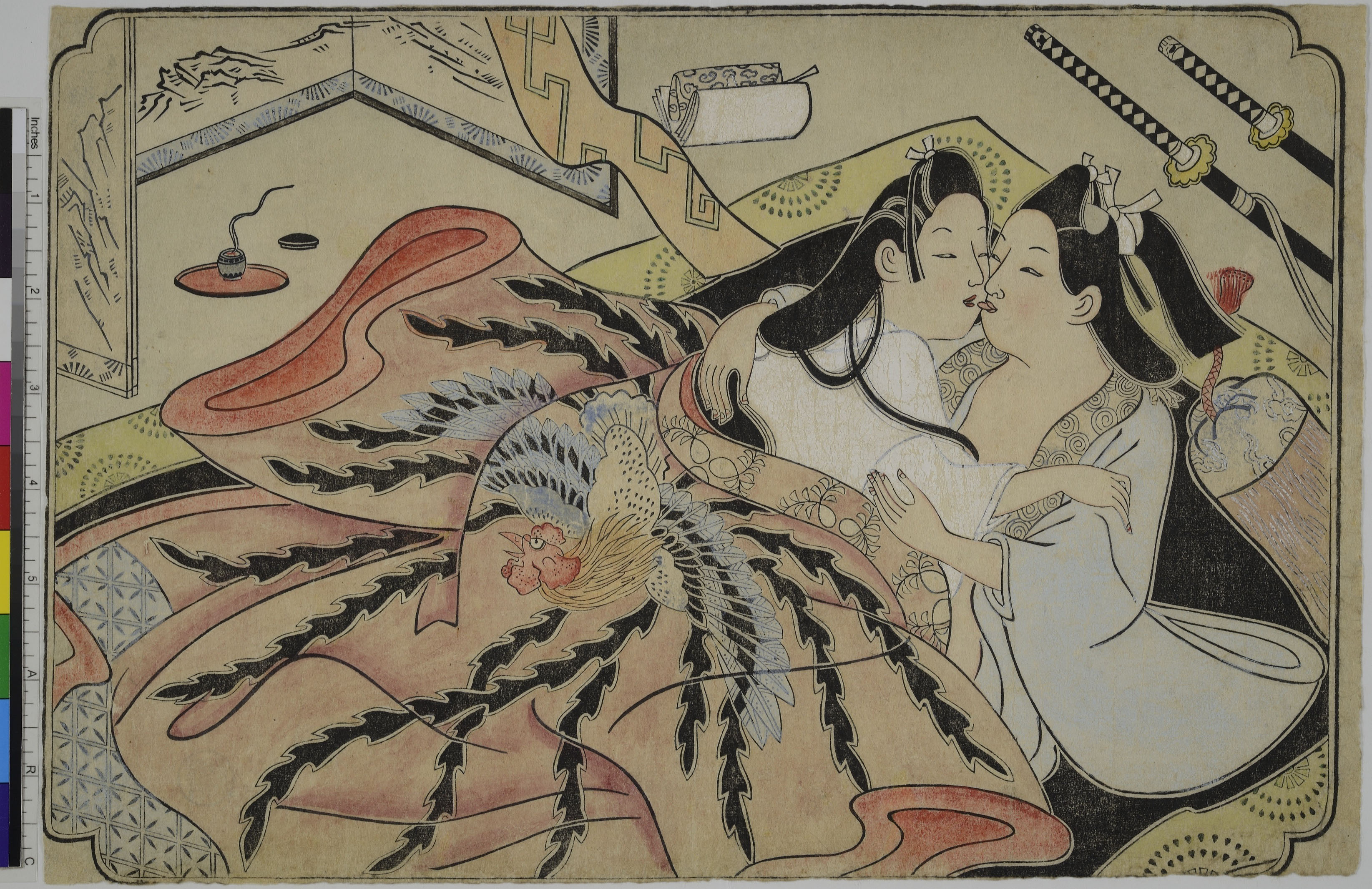The British Museum's press officer, Claire Coveney, comes hurrying up to take me to the galleries of the museum's latest hot-ticket show, "Shunga: Sex and pleasure in Japanese Art," and I'm not surprised she looks run off her feet. Pre-opening interest in this new exhibition — the most comprehensive ever assembled of Japan's explicit and enchanting "Spring pictures" (shunga) — has reached fever-pitch in the press. Britain's usually well-behaved gallery-goers are, quite frankly, gagging for it.
"I keep getting calls from editors asking for more non-explicit pictures to go with the articles or stories," says Coveney. "I have to say: 'There really aren't any, sorry!' "
That's because this show celebrates shunga in all its outsize and unexpurgated glory. Those under the age of 16 may enter only with an adult. And yet beyond all the headlines — a museum famous for its "blockbuster" exhibitions has finally served up a "bonkbuster" — this is a superbly interesting, academically groundbreaking, and oddly touching display of one of the world's most infamous artistic genres. Appropriately enough, it is a coming together of four partners: the British Museum and the University of London's School of Oriental and African Studies, with the Nichibunkan (International Research Center for Japanese Studies) and the Art Research Center of Ritsumeikan University in Kyoto.



















With your current subscription plan you can comment on stories. However, before writing your first comment, please create a display name in the Profile section of your subscriber account page.